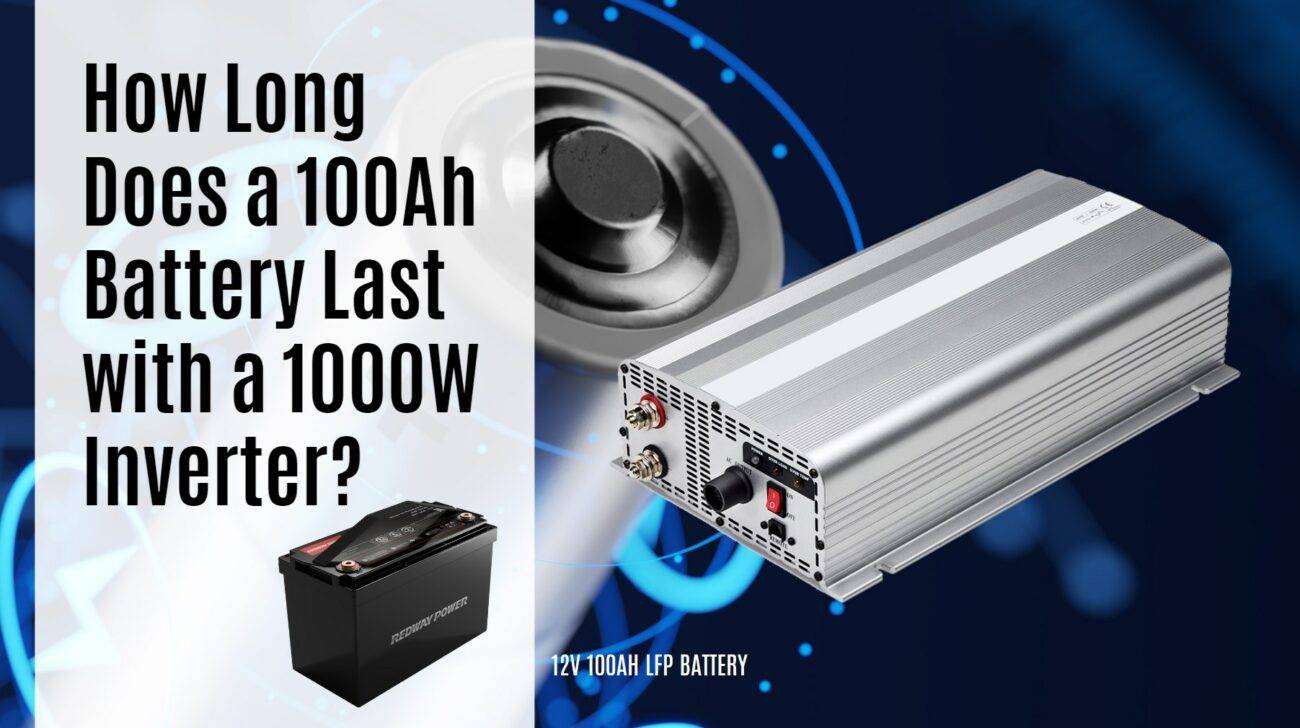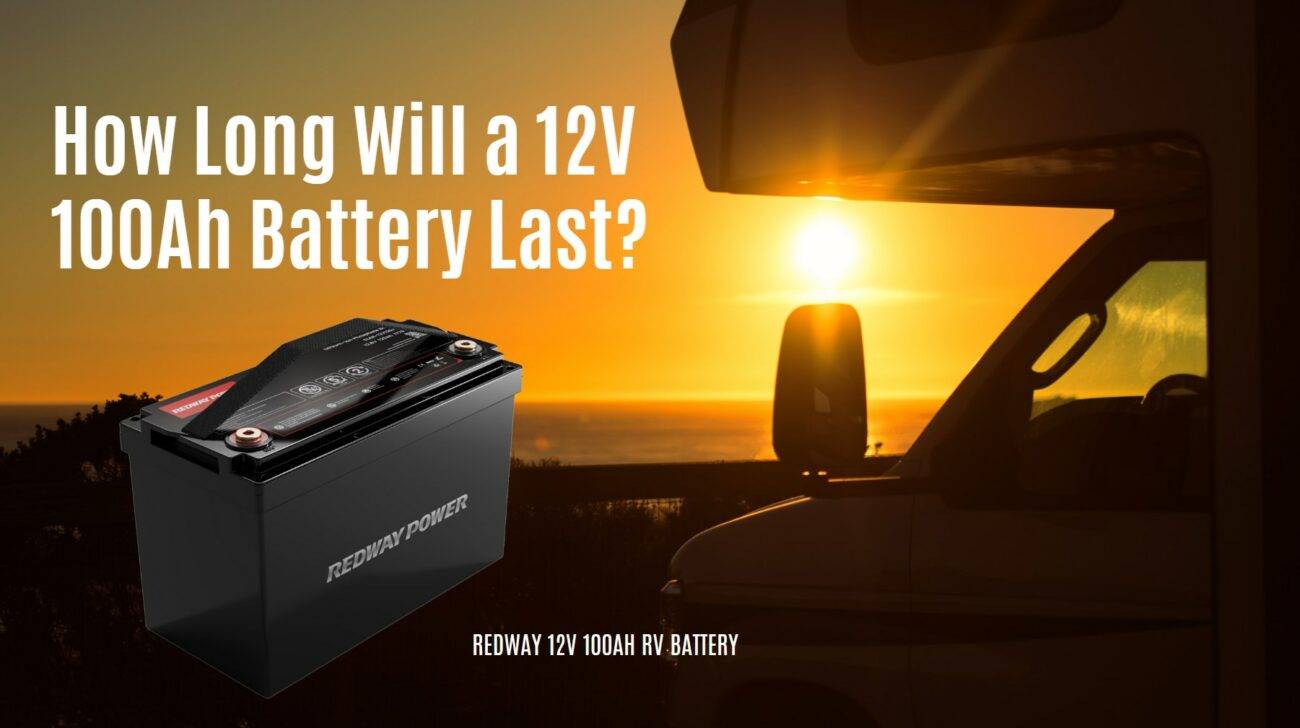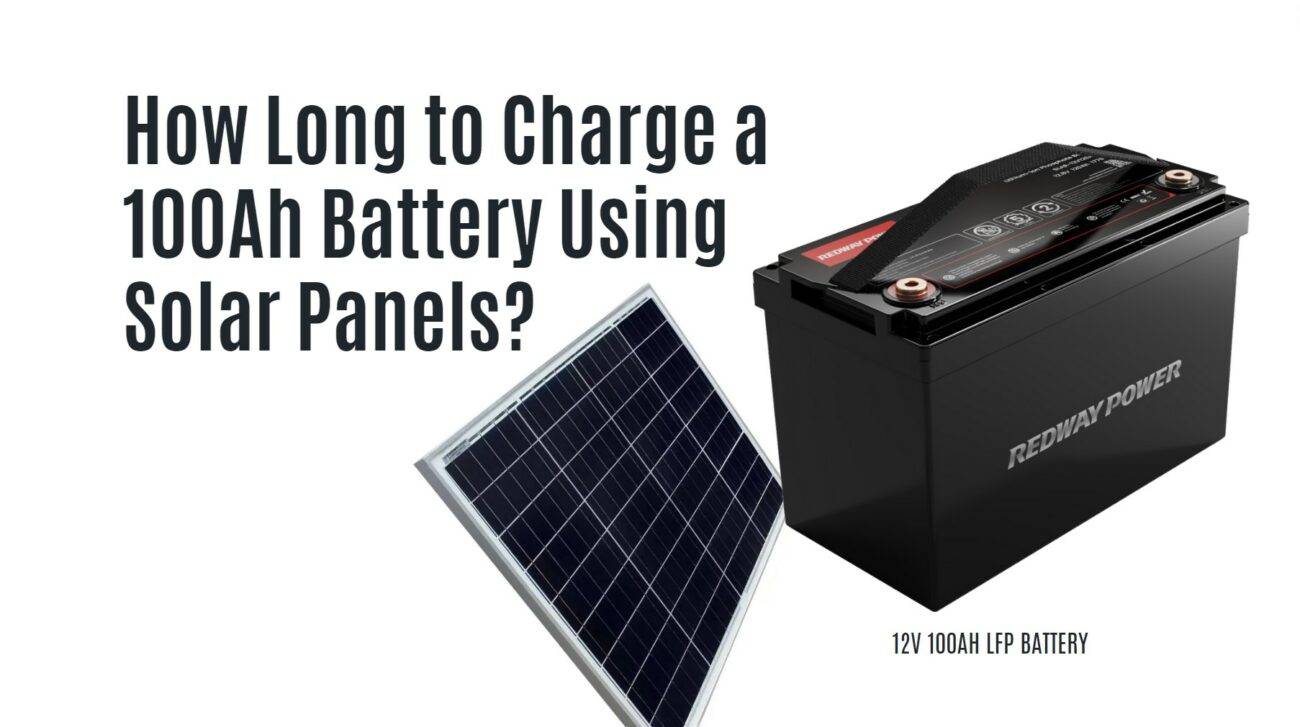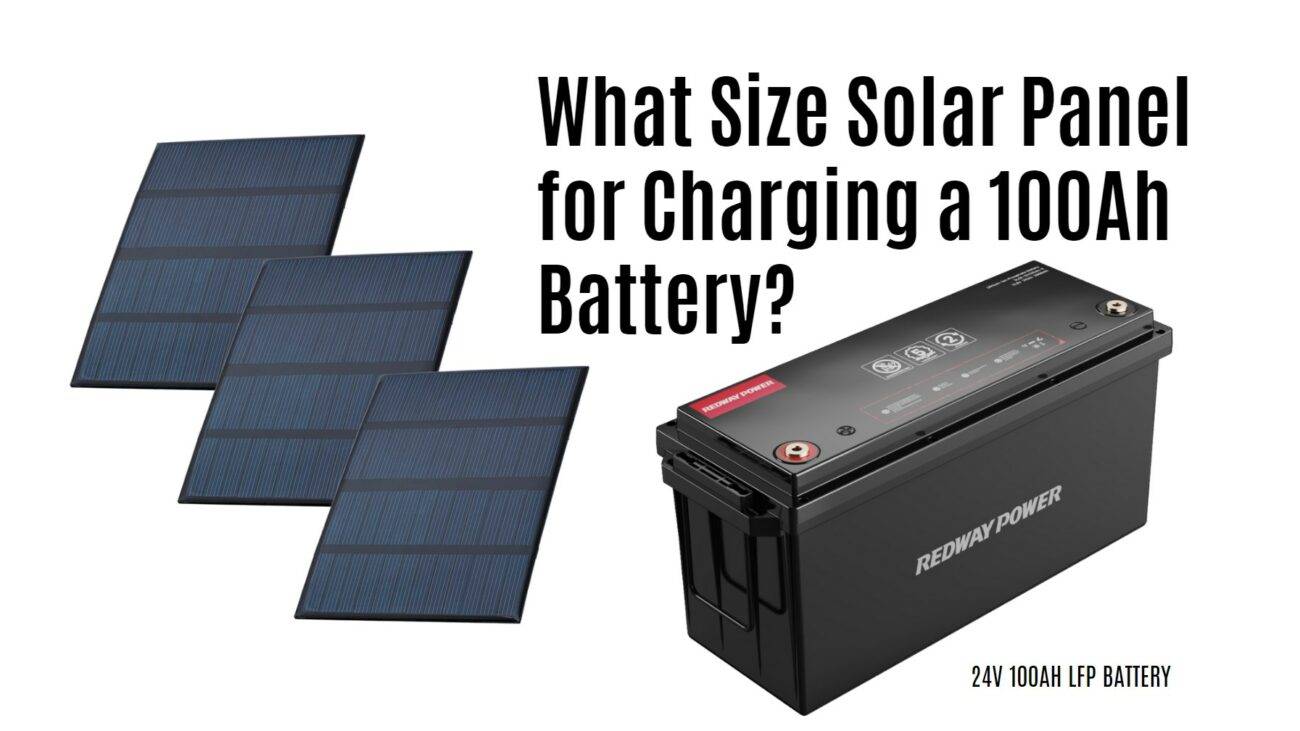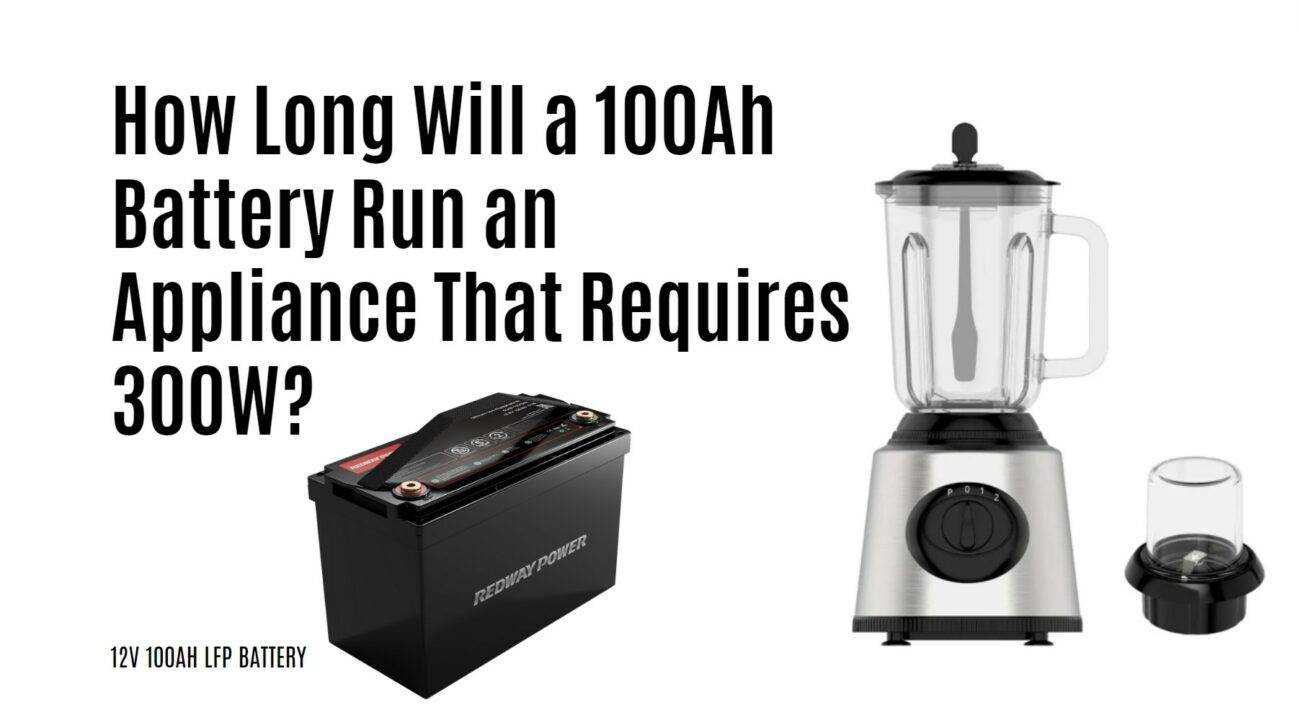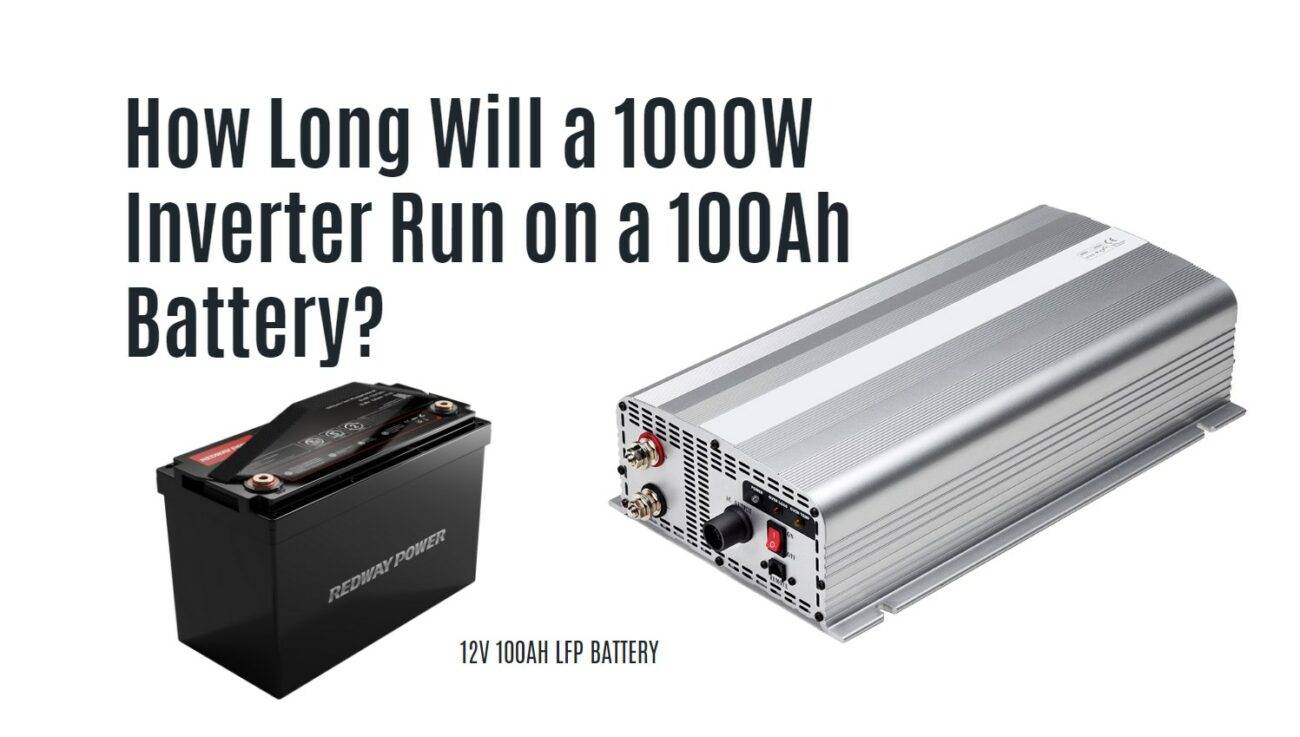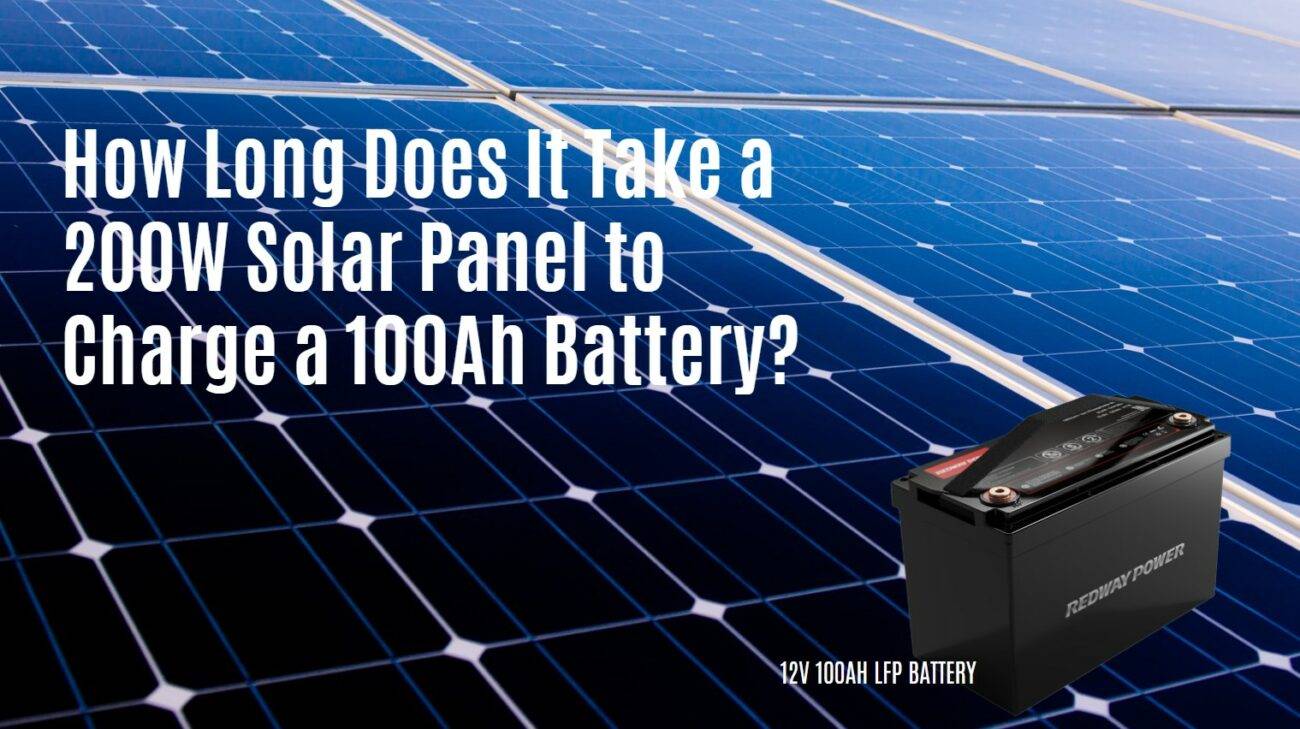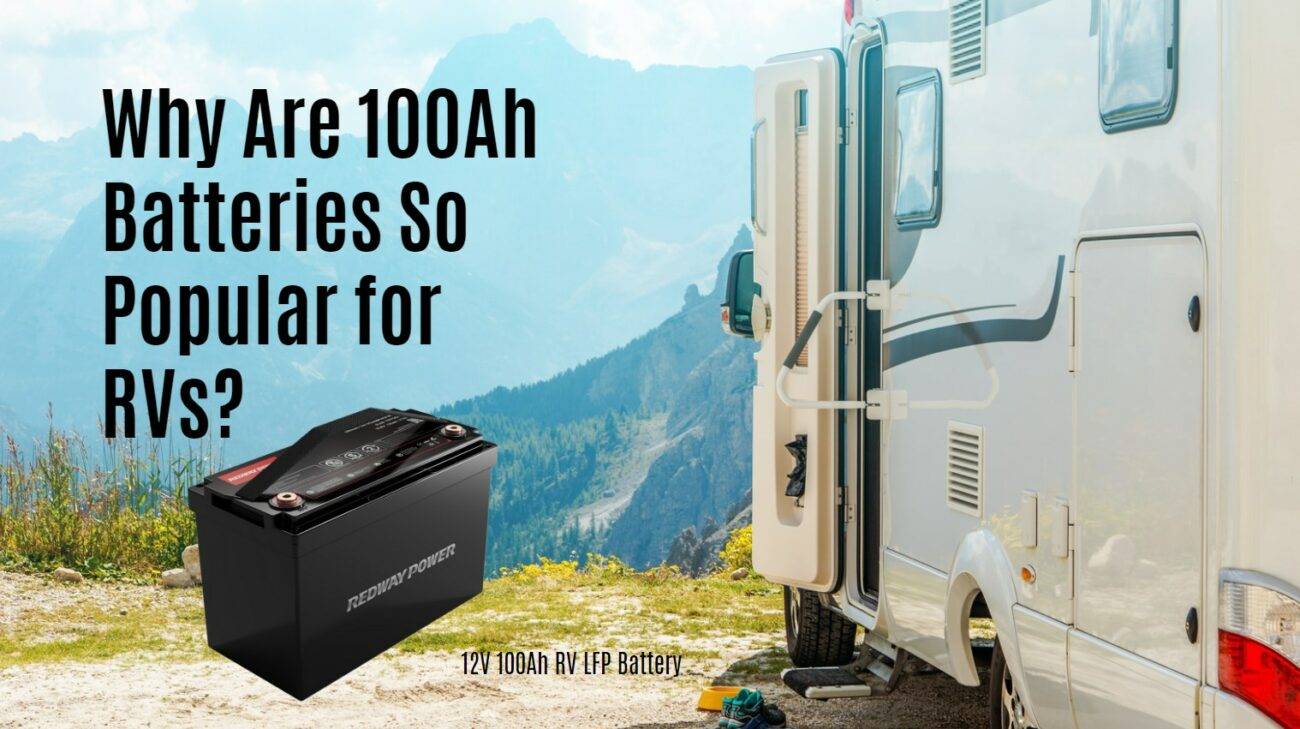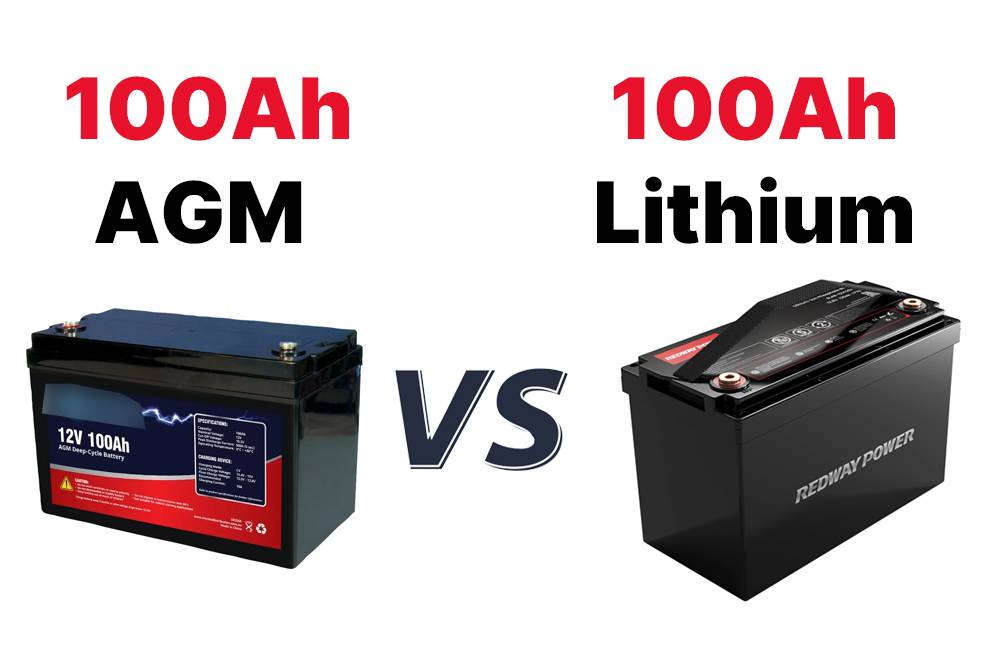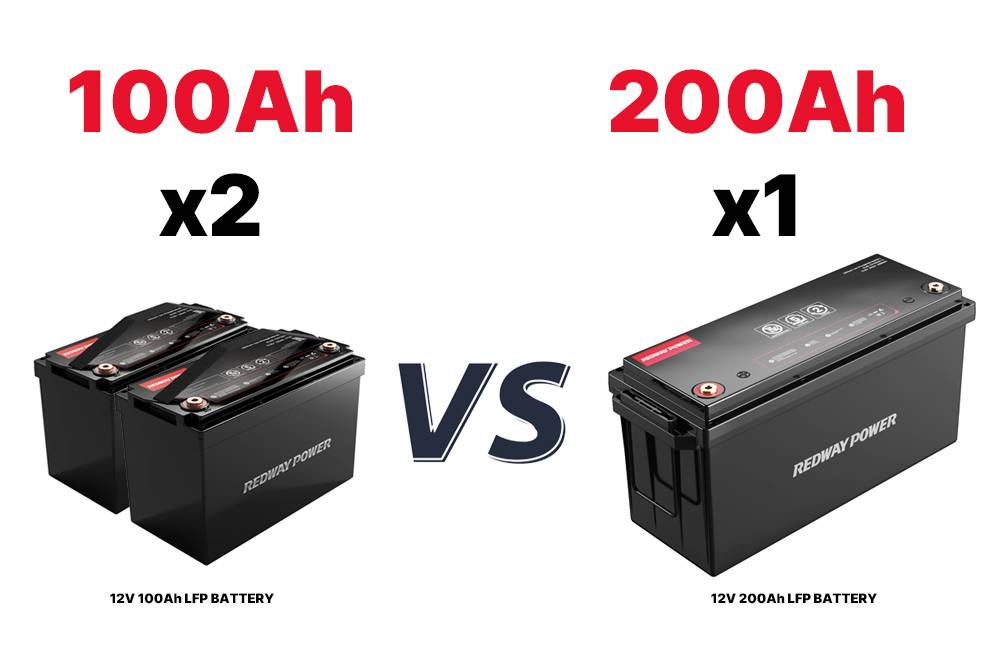- Rack-mounted Lithium Battery
- Golf Cart Lithium Battery
-
Golf Cart Lithium Battery
- 36V 50Ah (for Golf Carts)
- 36V 80Ah (for Golf Carts)
- 36V 100Ah (for Golf Carts)
- 48V 50Ah (for Golf Carts)
- 48V 100Ah (Discharge 100A for Golf Carts)
- 48V 100Ah (Discharge 150A for Golf Carts)
- 48V 100Ah (Discharge 200A for Golf Carts)
- 48V 120Ah (for Golf Carts)
- 48V 150Ah (for Golf Carts)
- 48V 160Ah (Discharge 100A for Golf Carts)
- 48V 160Ah (Discharge 160A for Golf Carts)
-
Golf Cart Lithium Battery
- Forklift Lithium Battery
- 12V Lithium Battery
- 24V Lithium Battery
- 36V Lithium Battery
- 48V Lithium Battery
-
48V LiFePO4 Battery
- 48V 50Ah
- 48V 50Ah (for Golf Carts)
- 48V 60Ah (8D)
- 48V 100Ah (8D)
- 48V 100Ah
- 48V 100Ah (Discharge 100A for Golf Carts)
- 48V 100Ah (Discharge 150A for Golf Carts)
- 48V 100Ah (Discharge 200A for Golf Carts)
- 48V 150Ah (for Golf Carts)
- 48V 160Ah (Discharge 100A for Golf Carts)
- 48V 160Ah (Discharge 160A for Golf Carts)
-
48V LiFePO4 Battery
- 60V Lithium Battery
-
60V LiFePO4 Battery
- 60V 20Ah
- 60V 30Ah
- 60V 50Ah
- 60V 50Ah (Small Size / Side Terminal)
- 60V 100Ah (for Electric Motocycle, Electric Scooter, LSV, AGV)
- 60V 100Ah (for Forklift, AGV, Electric Scooter, Sweeper)
- 60V 150Ah (E-Motocycle / E-Scooter / E-Tricycle / Tour LSV)
- 60V 200Ah (for Forklift, AGV, Electric Scooter, Sweeper)
-
60V LiFePO4 Battery
- 72V~96V Lithium Battery
- E-Bike Battery
- All-in-One Home-ESS
- Wall-mount Battery ESS
-
Home-ESS Lithium Battery PowerWall
- 24V 100Ah 2.4kWh PW24100-S PowerWall
- 48V 50Ah 2.4kWh PW4850-S PowerWall
- 48V 50Ah 2.56kWh PW5150-S PowerWall
- 48V 100Ah 5.12kWh PW51100-F PowerWall (IP65)
- 48V 100Ah 5.12kWh PW51100-S PowerWall
- 48V 100Ah 5.12kWh PW51100-H PowerWall
- 48V 200Ah 10kWh PW51200-H PowerWall
- 48V 300Ah 15kWh PW51300-H PowerWall
PowerWall 51.2V 100Ah LiFePO4 Lithium Battery
Highly popular in Asia and Eastern Europe.
CE Certification | Home-ESS -
Home-ESS Lithium Battery PowerWall
- Portable Power Stations
How Many Solar Panels Do I Need to Charge a 100Ah Battery?

Determining how many solar panels are needed to charge a 100Ah battery involves understanding several factors, including the panel’s wattage, sunlight availability, and battery discharge levels. This guide will help you calculate the number of panels required and optimize your solar energy system for effective charging.
What factors determine the number of solar panels needed?
Several key factors influence how many solar panels you’ll need:
- Solar Panel Wattage: The output power rating of each panel (e.g., 100W, 200W).
- Battery Capacity: The amp-hour (Ah) rating of the battery determines how much energy needs to be replenished.
- Sunlight Availability: The average daily sunlight hours in your location affect how much energy can be harvested.
Chart: Factors Influencing Solar Panel Requirements
| Factor | Description |
|---|---|
| Solar Panel Wattage | Determines how much power each panel can produce |
| Battery Capacity | Higher capacity requires more panels |
| Sunlight Availability | More sunlight means more energy collected |
How do you calculate the charging time for a battery?
To calculate how long it will take to charge a 100Ah battery using solar panels, use this formula:
Charging Time hours =Battery Capacity Ah / (Total Solar Output W ×Efficiency)
Assuming an average efficiency of about 75%:
- If using one 200W panel:
- Total output = 200W × 0.75 = 150W
- Charging time = 100Ah/150W≈0.67 hours or about 40 minutes.
- For two 200W panels:
- Total output = 400W × 0.75 = 300W
- Charging time = 100Ah/300W≈0.33 hours or about 20 minutes.
What is the relationship between solar panel wattage and battery capacity?
The relationship is straightforward: higher wattage panels can deliver more power in less time. For example, a single 200W panel will charge a 100Ah battery faster than a single 100W panel under identical conditions. This means fewer panels may be required if each has a higher wattage rating.
Why is it important to know your battery’s capacity?
Knowing your battery’s capacity is essential because:
- Optimizes Charging: It helps determine how much energy needs to be replenished.
- Prevents Overcharging: Ensures that you do not exceed voltage and current levels that could damage the battery.
How does sunlight intensity impact charging efficiency?
Sunlight intensity directly affects how much energy a solar panel can produce:
- Full Sunlight: Produces maximum output, allowing for quicker charging.
- Partial Shade or Cloudy Conditions: Reduces output, leading to longer charging times.
Chart: Sunlight Intensity Impact on Charging
| Condition | Solar Panel Output (W) | Charging Time (Hours) |
|---|---|---|
| Full Sunlight | 200 | ~0.67 |
| Partial Shade | 100 | ~1.33 |
| Cloudy | 50 | ~2.67 |
What are the best practices for sizing a solar panel system?
To size your solar panel system effectively:
- Calculate Daily Energy Needs: Determine how much energy (in watt-hours) you need daily.
- Consider Battery Depth of Discharge: Factor in how deeply you plan to discharge your batteries.
- Account for System Losses: Include inefficiencies in wiring, inverter losses, and other factors.
How can you improve the efficiency of your solar charging system?
Improving efficiency can be achieved by:
- Using High-Efficiency Panels: Invest in panels with higher conversion rates.
- Minimizing Losses: Use quality wiring and connectors to reduce resistance.
What types of batteries are best suited for solar charging?
The best types of batteries for solar systems include:
- Lithium-Ion Batteries: Offer longer lifespans, faster charging, and deeper discharge capabilities.
- AGM Batteries: Provide good performance with low maintenance needs.
Why should you monitor your battery’s state of charge?
Monitoring state-of-charge is important because:
- Prevents Damage: Helps avoid over-discharging or overcharging, both detrimental to lifespan.
- Optimizes Performance: Ensures that devices receive consistent power without interruptions.
Industrial News
The market for solar energy solutions continues to expand as technological advancements improve efficiency and reduce costs. Recent developments in photovoltaic technology have made it easier for homeowners and businesses to implement effective solar systems. Additionally, government incentives are driving interest in renewable energy sources, further promoting sustainable practices across various sectors.Expert Insight
“Understanding how many solar panels are needed for effective battery charging is crucial for maximizing energy independence,” says Dr. Emily Carter, an energy storage expert. “By carefully calculating requirements and monitoring performance, users can significantly enhance their systems while contributing positively to environmental sustainability.”

FAQs
- Can I use a higher wattage solar panel for faster charging?
- Using a higher wattage solar panel can potentially charge the battery faster, but it is crucial to ensure compatibility with the charge controller and avoid overcharging the battery.
- What is the difference between MPPT and PWM charge controllers?
- MPPT (Maximum Power Point Tracking) charge controllers are more efficient and can harvest more energy from solar panels compared to PWM (Pulse Width Modulation) charge controllers. MPPT controllers are generally recommended for larger solar setups.
- Can I use solar panels to charge my RV battery while driving?
- Yes, solar panels can be used to charge an RV battery while driving. However, it is essential to ensure proper installation and wiring to maintain safety and efficiency.













